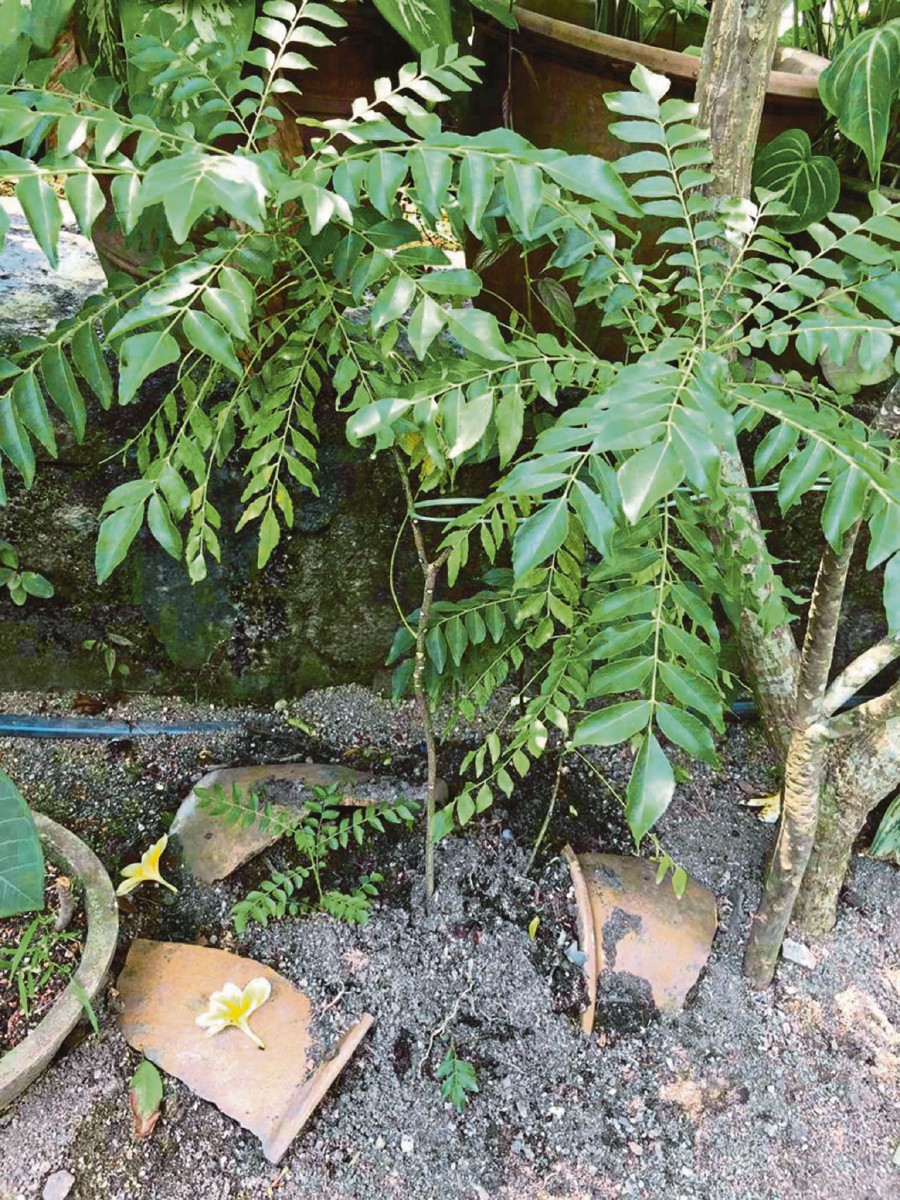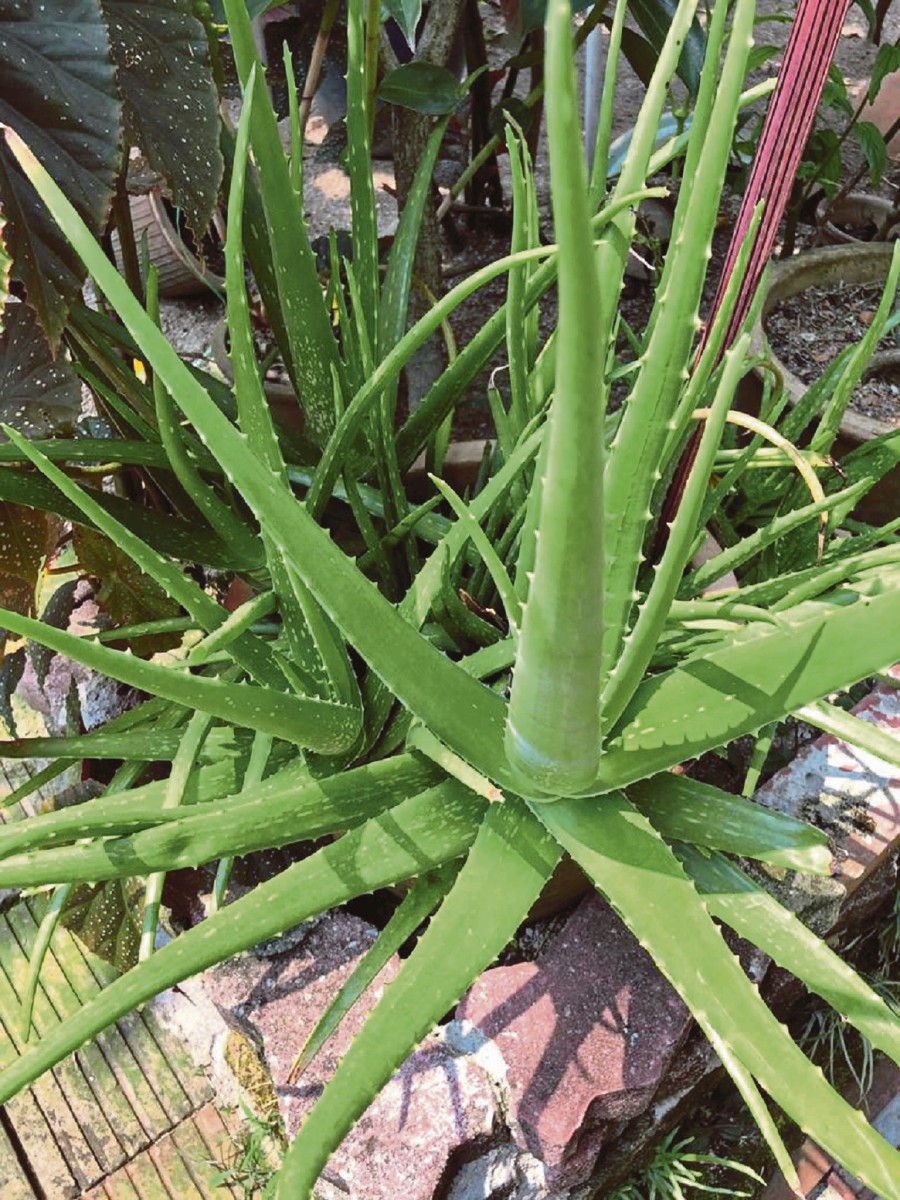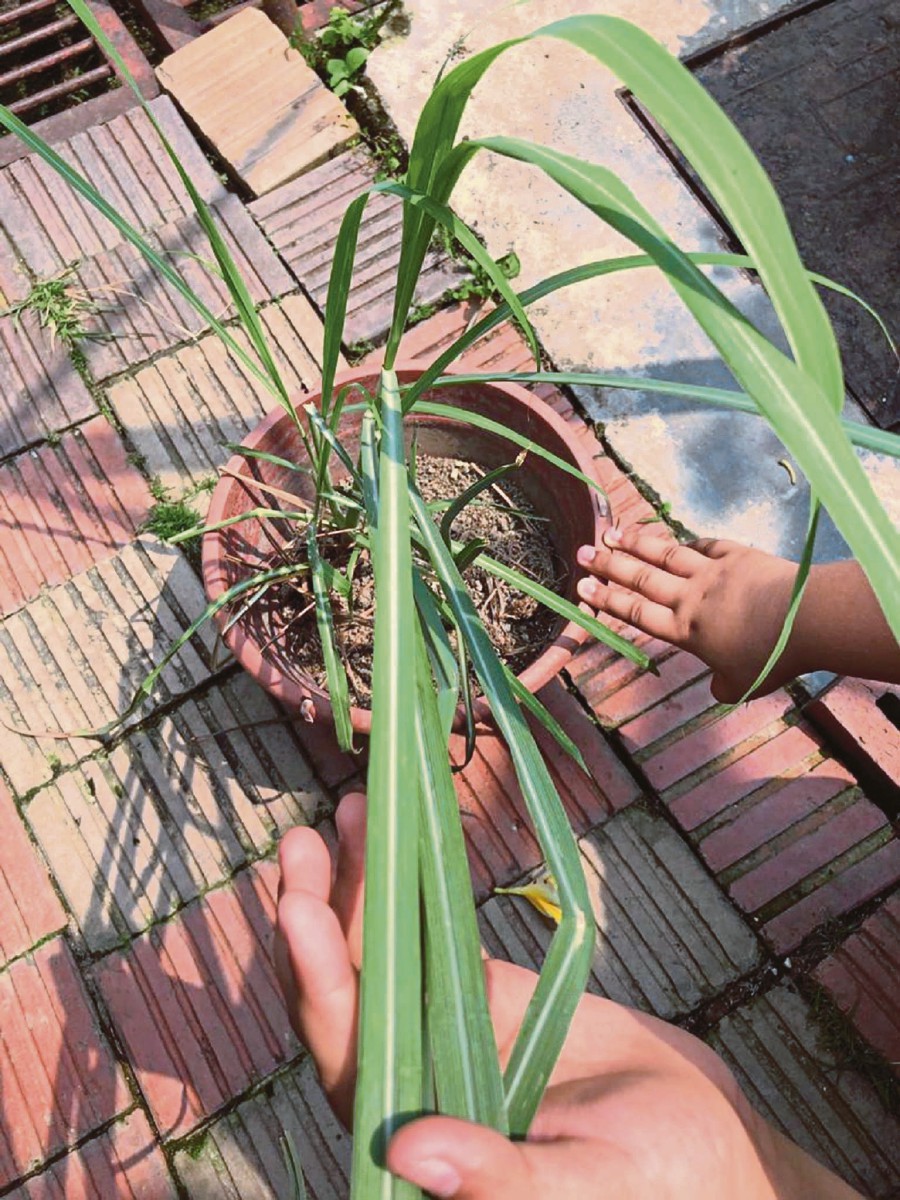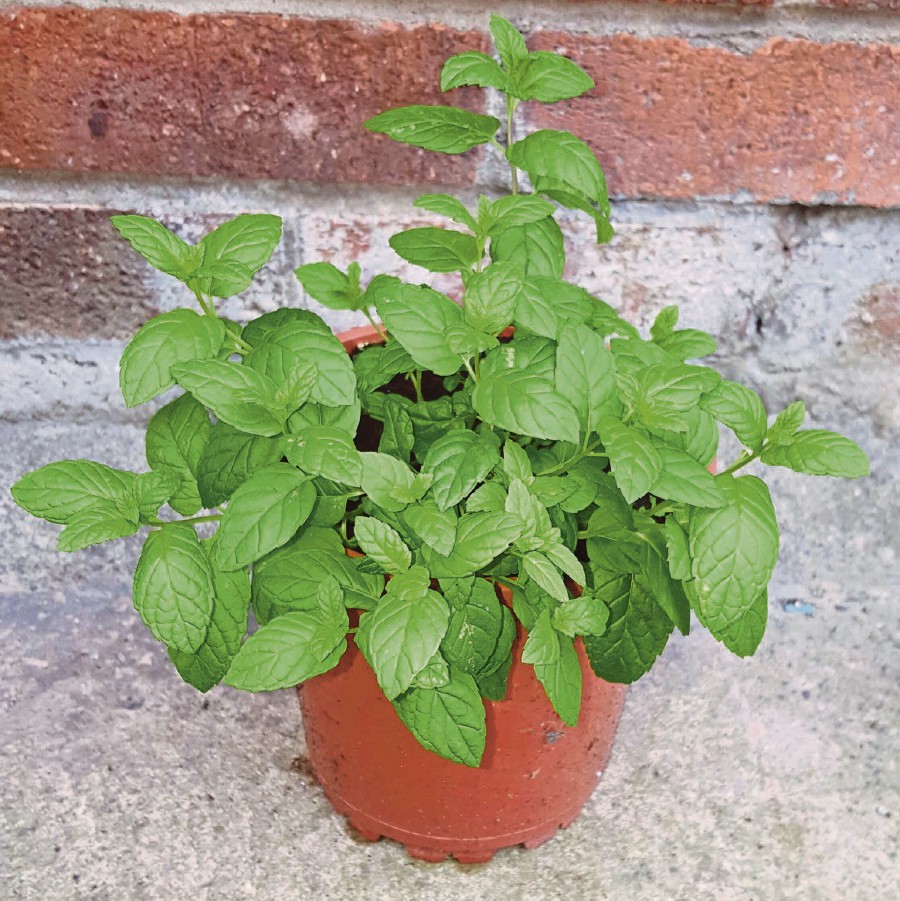KEEPING a herb garden is easy and it gives you great stuff to use in your cooking.
Besides cooking, some of these herbs can repel mosquitoes.
There are plenty of herbs which you can grow in your garden.
Rosemary, basil, coriander, dill or thyme do not require a big space. You can grow them in small containers filled with soil or through hydroponics, and leave them at the kitchen window for sunlight.
Consider planting curry leaves, mint, lemongrass, lime and aloe vera. Your garden will also smell lovely with the combination of the plants’ fragrances.
1. Curry leaves
The curry tree is scientifically known as murraya koenigii spreng. The plant is native to India and is usually found in tropical and subtropical regions.
It is a hardy plant and grows better in warm climates.
Growing the plant is not difficult. It can be grown from cuttings or seeds.
Plant the tree in a well-drained pot with good potting mix and place it in a sunny area. When it grows slightly taller and looks healthy, you can replant it in the ground.
The plant can grow up to 4.5m high.
The leaves are sought after for their unique flavour and use in cooking, but there are also other health benefits. The fresh form is very popular for cooking and herbal medicine.

(File pix) Curry leaves.
The aloe vera is popular and easy to grow, but you must understand the level of water and sun it needs. Too much sun and water can kill the plant. Overwatering will cause the roots and stem to rot, killing the plant.
This succulent plant holds water in the leaves, so they can go without water for a long time. The best soil for aloe vera is one that drains very quickly and doesn’t hold water.
The aloe vera is best known for the healing qualities of its gel. Use it for minor burns
and cuts, and to make soaps and lotions.

(File pix) Aloe vera.
The lemongrass is native to Sri Lanka and South India but is grown worldwide. Its stalks are a common ingredient in Asian cooking, but it is also possible to brew lemongrass tea.
The plant has long leaves that are similar to those of seagrasses, and it repels mosquitoes.
The plant can relieve anxiety, lower cholesterol, prevent infection, relieve pain and bloating as well as boost oral health and red blood cells.
Grow your lemongrass in full sun with plenty of water in rich, well-draining soil.
Lemongrass grows best with abundant moisture, not soggy soil. Once the plant is established, it will propagate itself. New plants will start growing by the side of existing stalks.
It can grow into a hefty shrub in four to six months and will be ready for harvest. Once you get the
plants growing, you will have almost an unlimited supply of lemongrass.

(File pix) Lemongrass.
Mint is a perennial herb with fragrant leaves. It is great for seasoning salad, cooking or adding to a cup of tea. Mint is also used as ground cover, air freshener and herbal medicine.
Mint is a tender herb with gentle stems and is easy to grow. It is shallow-rooted and thrives in light soil with good drainage.
Place a few stem cuttings in a small pot with moist soil. Keep it out of direct sunlight for about one to two weeks to allow it to root and adjust to its new environment. As the mint grows, replant it in a larger pot or in the ground.

(File pix) Mint leaves.
Calamansi is a citrus tree with fresh, plump and juicy fruits. Its fruits are small and slightly sweeter and juicier than oranges.
To plant a calamansi tree, first you remove the seeds from the fruit, dry them and plant them directly in a pot of well-draining soil.
Calamansi grows well in dry soil that doesn’t retain moisture.
Full sun is required for healthy growth. Proper exposure to sun and temperature improves productivity.
The tree will start to bear fruit after two to three years. You can harvest the fruits young, when their colour are pale green, or when they are ripe and turn orange.

(File pix) Calamansi.
WATCH THE VIDEO
No comments:
Post a Comment